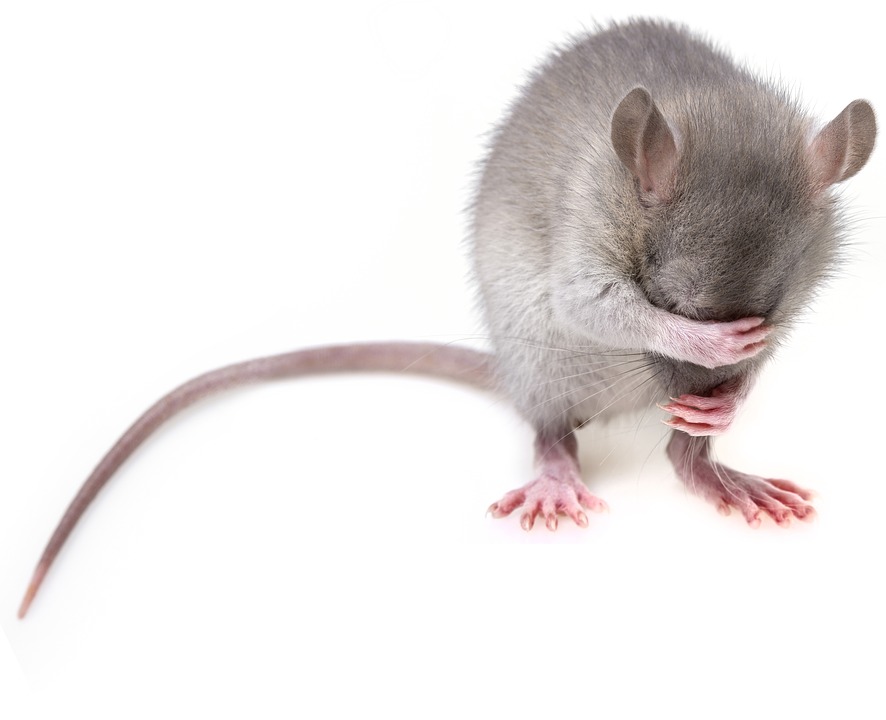 Do rodents invade your home and are you aware of the best methods to keep pests out? If you belong to fifty percent of the households questioned in a survey by the University of Kentucky, even a solitary cockroach in your house will cause you to call a mice control professional or pull out a can of bug spray. However, you ought to take the offense by implementing ten steps for keeping pests away instead of waiting to go on the defense against a bird, rodent, or insect that has entered your home.
Do rodents invade your home and are you aware of the best methods to keep pests out? If you belong to fifty percent of the households questioned in a survey by the University of Kentucky, even a solitary cockroach in your house will cause you to call a mice control professional or pull out a can of bug spray. However, you ought to take the offense by implementing ten steps for keeping pests away instead of waiting to go on the defense against a bird, rodent, or insect that has entered your home.
Here are ten tips for the interior and exterior of your home.
The fewer pests you have breeding, harboring, or feeding outside your home, the fewer issues you will have inside your house. You can help reduce infestation of pests by eliminating conditions in your home that appeal to them, thus, preventing damage to your home.
Plants and mulch
To eliminate pest “bridges” to your house, trim any shrubbery or tree branches that touch your home. Mulch, like pine straw and wood chips, provide ideal shelter for pests. Instead of using wood chips and pine straw that touch the foundation of your home, place ground covers such as stone or rock, which are less attractive to pests.
Windows and doors
Because pests can crawl through tiny gaps and cracks, inspect and repair any broken or warped windows and doors, including those that just do not fit well. Repair tears and rips in screens as well. Use screen meshes that have a minimum of 200 holes per square inch. You can typically find them at home stores.
Gaps and cracks
Thoroughly inspect the entire exterior of your home for other gaps, crevices, and cracks through which pests could enter. Check for missing roof shingles, loose siding, foundation cracks, as well as gaps around incoming utility lines, which includes electric and cable wiring and pipes. Use mortar, sheet metal, coarse steel wool, and copper mesh to seal any openings. It is not a good idea to expand caulk, as many pests can chew through it.
Litter and trash
Keep garages, yards, decks, and patios free of standing water, weeds, and litter. Make sure that the trash cans have tight-fitting lids and clean them and the areas around them on a regular basis to remove spills and debris on which pests can feed.
Lights
Replace normal mercury vapor lights with high-pressure halogen or sodium vapor lights to reduce flying insects around windows and doors. Bulbs have orange, pink, and yellow tints are least attractive to flying insects. Although people commonly place lights on exterior walls near doors, it is ideal to place the light farther away. Use pole lights if possible with their light shining towards the door for safety.
Interior Gaps
You can see some gaps and cracks only from inside your home. Check behind, under, and in stoves, refrigerators, and kitchen cabinets, as well as between the wall juncture and floor and around dryer vents, floor, and pipes. Seal the gaps you found, particularly those that are a quarter inch in diameter or more.
Drains
Floor drains and sinks often accumulate debris and gunk that can attract pests as well as provide an ideal breeding site, particularly for small flies. Inspect and maintain all laundry room floor, sink, basement, and tub drains.
Recycled Items
It is better that you store recyclables outside and away from your house. If this is not feasible, make sure that you thoroughly rinse all containers and that the recycling bin has a tight-fitting lid. All trash and recycling containers should be rodent proof and cleaned frequently as well.
Stored Foods
If you cannot close opened boxes and bags, put the food inside a re-sealable plastic container or bag or to prevent them from attracting pantry pests. To help keep attractants down, use older foods first and clean out uneaten or stale foods.
Cleanliness
Cleaner homes have less attraction for pests, preventing pests to live and breed. This decreases the need to call a wasp control company or go on the defensive by pulling out a can of bug spray.
Absolute Pest Control Inc
135 Cedardale Pl SW Calgary, AB T2W 5G1
(403) 238-7400



